Super Early Bird Deadline
October 31, 2025
Judging
Date
May 18, 2026
Winners
Announced
June 10, 2026

As the wine industry faced a sluggish market in 2023, it's paramount for wine brands to reevaluate their strategies and reignite consumer interest in 2024. This comprehensive approach delves into the realms of digital marketing, online sales, and innovative in-store strategies to provide a roadmap for success.
Transitioning from consideration to actual sales demands a strategic approach tailored to different commerce channels. Optimize sales in both in-store and online environments.
To embark on the journey of wine sales revival, a deep understanding of evolving consumer behavior is crucial. The current market is dominated by older, more affluent demographics, while millennials, a significant consumer group, exhibit reluctance toward traditional wine consumption. Alternative segments such as natural and sparkling wines are gaining traction, signaling the need for a nuanced approach.
The growing interest in no/low-alcohol wines and moderation trends provides a platform for wine brands to stand out. Rather than concealing alcohol content, leverage lower ABV as a distinctive feature in your branding. This transparency not only aligns with consumer preferences but also positions your brands as mindful choices in a market increasingly conscious of alcohol consumption.
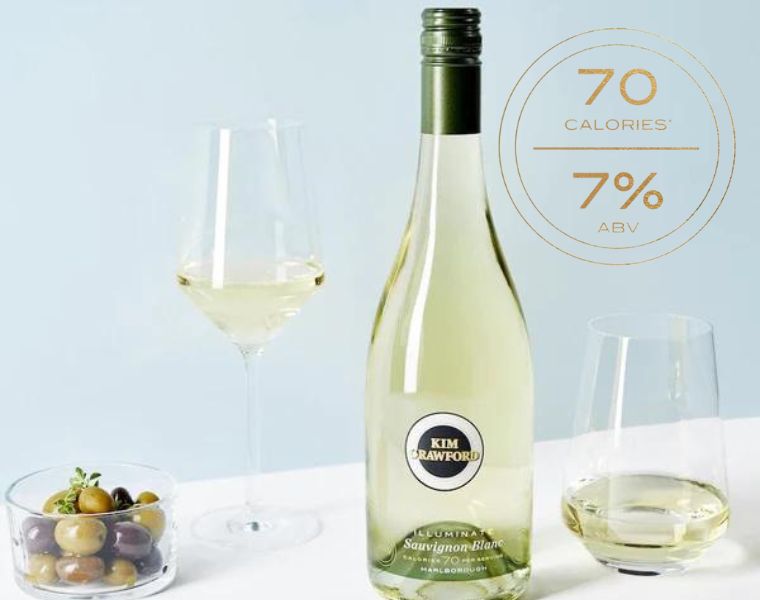
Kim Crawford Wines has strategically used lower ABV as a unique selling proposition in its Illuminate range. By prominently featuring the lower alcohol content, the brand communicates a commitment to providing options that align with the growing interest in moderation.
Understanding the receptiveness of younger consumers to alternative formats holds significant importance. Cans and pouches, tailored for on-the-go or smaller consumption scenarios, strongly appeal to the under-40 demographic in the United States. Wine brands can capitalize on this trend by incorporating these formats into their product offerings, thereby aligning with the changing lifestyles and preferences of consumers.
Several wine companies have successfully embraced alternative formats to cater to evolving consumer preferences. Coppola Winery's introduction of the Sofia Mini, a sparkling wine in a can, exemplifies the trend toward convenient and portable options. Union Wine Co. has also adopted the can format for its Underwood wine range, emphasizing a casual and approachable image. House Wine and Dark Horse have similarly ventured into canned wine, targeting consumers seeking convenient and single-serving options without compromising on quality. These examples showcase a broader industry shift towards alternative formats, aligning with changing lifestyles and preferences, particularly among the under-40 demographic in the US.
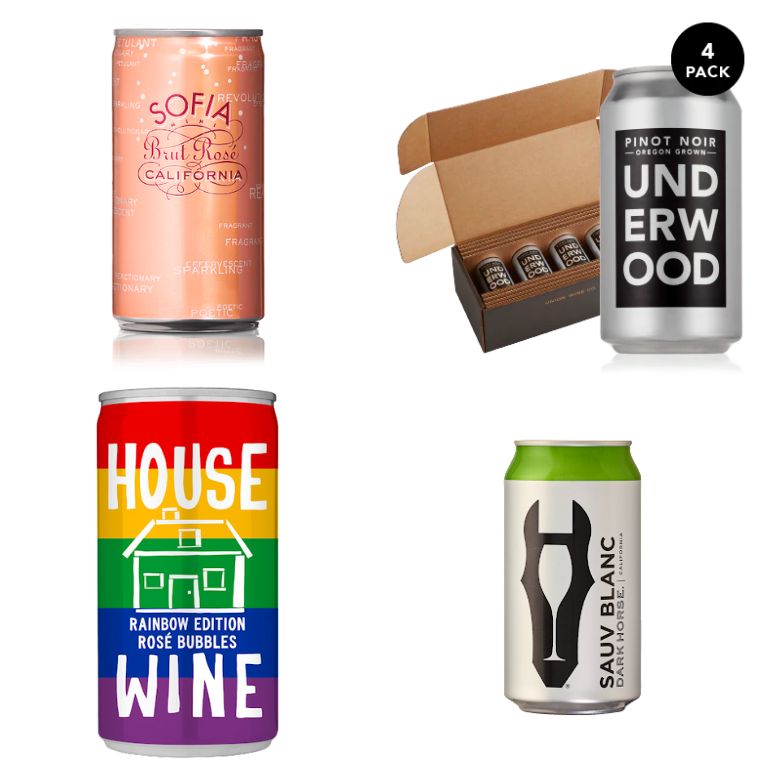
As inflation and living costs rise, on-premise establishments must redefine their value proposition. Creating experience-led drinking occasions becomes imperative to differentiate from at-home consumption. Wine brands can collaborate with on-premise venues to introduce more creative tasting experiences and a diverse range of wine varietals. This approach injects excitement into the on-premise scene, particularly appealing to younger legal drinking age (LDA) consumers seeking novel and engaging experiences.
In the face of an overall volume decline in the wine category, the sparkling wine segment emerges as a beacon of growth and vitality. Notably, Prosecco and Champagne are not only bucking the trend of decline but are thriving, and the allure of high-end options extends across all segments of sparkling wines.

A significant catalyst for this surge is the pent-up demand for celebratory occasions such as weddings, holiday gatherings, and personal milestones, following the easing of Covid-19 restrictions. This phenomenon has acted as a powerful accelerator for sparkling wine growth in numerous markets. Beyond this, a shift in consumer attitude plays a pivotal role, transforming sparkling wine from an exclusive beverage reserved for formal events to a versatile choice suitable for more relaxed contexts and frequent enjoyment.
The expansion of premium-and-above Prosecco is particularly noteworthy, fueled by robust demand in key markets like the US and the UK. In the first half of 2022, volumes surged by 8% and 5%, respectively, compared to the same period in 2021. Meanwhile, Champagne experiences growth primarily centered in the US and Australia. Notably, light aperitifs are carving their niche in Spain, capitalizing on the rising trend of daytime consumption.
For wine brands seeking avenues to revitalize sales, the sparkling wine segment stands out as a resilient and dynamic space, propelled by shifting consumer perceptions and a renewed appreciation for effervescent indulgence in various social settings.
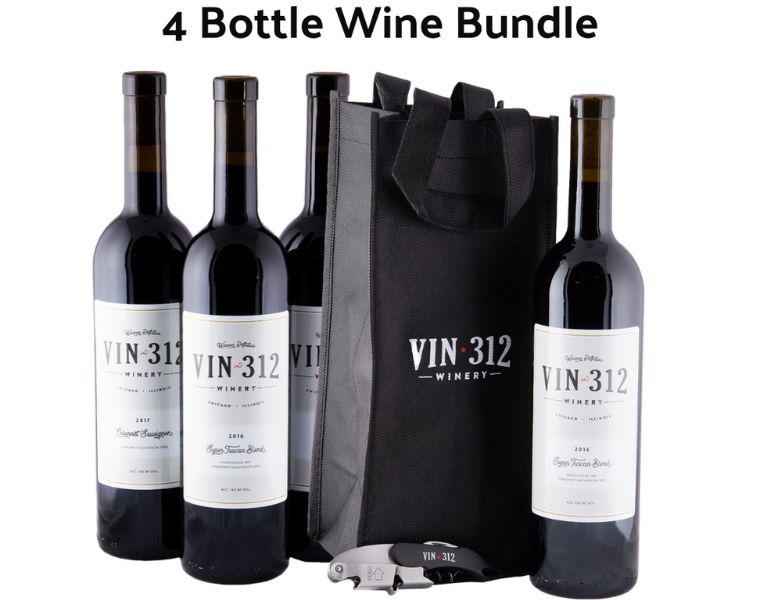
Pic Credit: Vin312
Boosting your wine brands’ sales in retail stores can be achieved through innovative product bundling strategies. Consider developing kits or bundles that cater to specific customer preferences or regional specialties. If there's a signature cocktail that resonates with your clientele, assemble mixology kits containing all the necessary ingredients for that particular drink. This not only simplifies the purchasing process but also contributes to increased sales for the retail store.
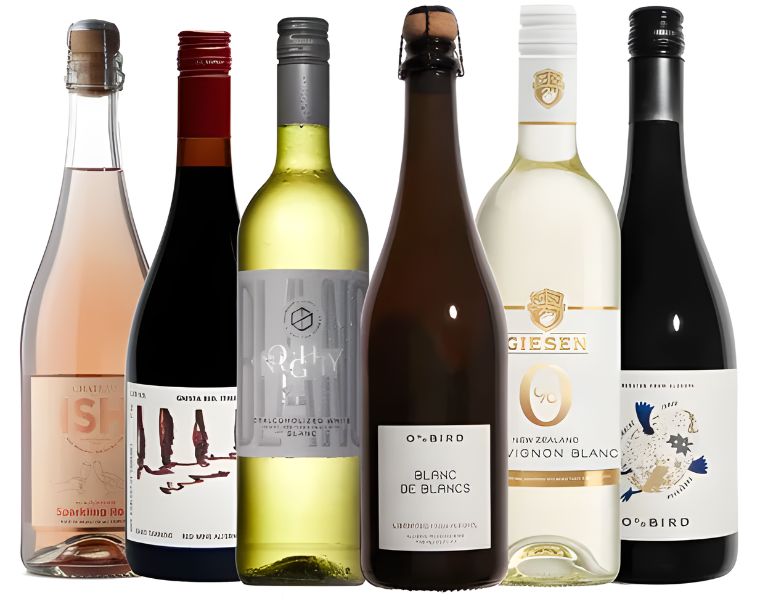
The Zero Proof Best-Selling Non-Alcoholic Wine Bundle
Pic Credit: The Zero Proof
Explore thematic bundles tailored to different occasions or customer needs. Design bundles such as "party essentials" or "perfect beach day," incorporating items that complement each other for a well-rounded experience. By aligning these bundles with seasonal themes, holidays, or other calendar events, you tap into customer interests and drive additional sales.
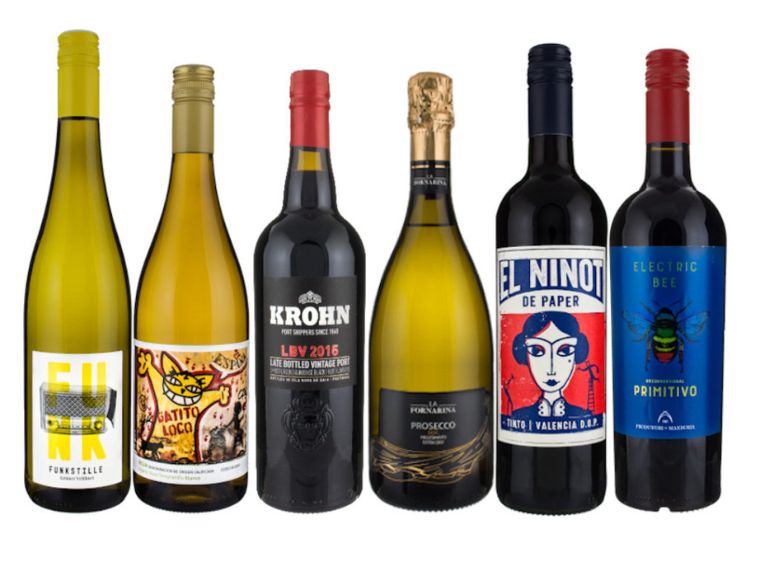
These cross-selling opportunities provide customers with the convenience of acquiring all they need in a single purchase, ultimately boosting the average order value for the store as well.
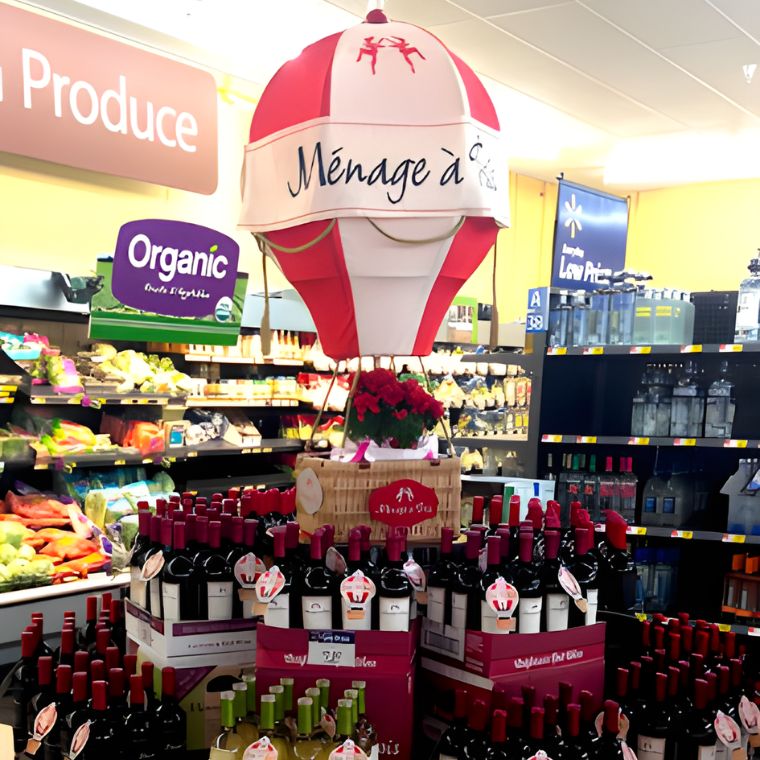
Ménage à Trois Vintage Hot Air Balloon Spring-Floral Display
Image source: Pinterest
Leverage seasonal shifts to stock the right items at the right time. Display seasonal products prominently and run promotions to attract more customers. Aligning with the changing preferences of consumers keeps your offerings relevant.
Harnessing the power of seasonality requires a proactive approach, starting with a thorough analysis of your historical sales patterns. Identify which products exhibit increased popularity during specific seasons or around particular holidays. Armed with this insight, you can make informed decisions about inventory management and ensure timely stocking of products aligned with seasonal demand.
Furthermore, maximize the impact of seasonality by strategically placing seasonal products in prominent store locations. Running targeted promotions centered around these seasonal offerings can attract a broader customer base. Whether highlighting summer cocktails, holiday-themed spirits, or comforting winter beverages, leveraging seasonality effectively creates continued excitement for your brands.
Partner with local events and businesses to increase brand visibility and connect with your community. Engage in social responsibility initiatives to create a positive brand image. Establishing connections with local events can significantly enhance the profile and profitability of your brand.
Consider crafting promotions that align with events in your area, or take it a step further by collaborating with neighboring businesses for joint promotional ventures. An enticing example could involve offering discounts to customers who make purchases from nearby establishments or distributing free samples of a specific product to participants after a local 5K run.
These partnerships extend beyond immediate financial gains; they elevate brand visibility and serve as a magnet for new customers. Moreover, such collaborations underscore your commitment to community involvement, contributing positively to your brand’s reputation.
To gauge the effectiveness of your community initiatives, track sales metrics before and after each community campaign, as well as the performance of the products featured in the promotions. This data-driven approach enables you to discern which community events generate the most engagement, empowering you to tailor future campaigns more precisely for maximum impact.
Utilize social media to inform customers about new arrivals, promotions, and events. Launch hashtag campaigns for user-generated content, fostering a sense of community and shared experiences.
Consistent posting on your social media accounts is key to keeping your audience informed about new arrivals, promotions, and upcoming events. This online engagement with local customers fosters a sense of community, fostering repeat business and customer loyalty.
Embark on a social media journey by launching a hashtag campaign, encouraging customers to share images of the cocktails they've concocted using your drink kits. This not only generates user-generated content but also strengthens customer loyalty and fuels organic growth.
To gauge the success of your social media endeavors, monitor engagement metrics within your social applications. Additionally, leverage sales data to draw correlations between social media activities and actual sales performance. This comprehensive approach allows you to refine and optimize your social media strategy for maximum impact.
Implement loyalty programs to incentivize repeat purchases and build long-term customer relationships. Rewarding customer loyalty enhances brand affinity and encourages customers to choose your brand consistently.
Diversify your loyalty offerings, exploring options such as tiered programs or reward structures based on purchase volume. These initiatives not only encourage repeat business but also express gratitude to customers for their steadfast loyalty. By implementing a customer loyalty program, you're not just selling products; you're building lasting connections with your clientele, creating a win-win scenario for both your brand and its valued customers.
Leverage data to showcase your wine's unique characteristics on bottleneck tags and other signage. Add a QR code to the back label that customers may scan for additional information about the wine.
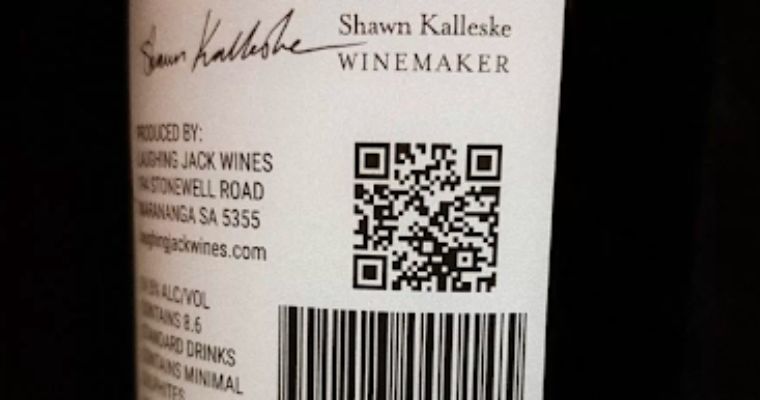
Image Source: Laughing Jack Wines
Informative labeling contributes to the consumer's decision-making process.
Initiate impactful in-store experiences to resonate with potential customers. Engage in-store activations strategically to create a lasting brand impression even before consumers step into the wine aisle.
Establish awareness and consideration before customers set foot in the store. Utilize retail media and targeted digital touchpoints strategically to stand out in the competitive market.
Leverage closed-loop measurement to track prospective customers from awareness to the point of purchase. This seamless tracking mechanism ensures a cohesive consumer journey within the physical realm.
Closed-loop measurement serves as the common thread, seamlessly connecting in-store activations with online interactions. Whether through social media, digital advertising, or physical touchpoints, optimize strategies based on real-time insights for a cohesive consumer journey.
Online wine sales are experiencing significant growth, with projections reaching $45.5 billion by 2024. Overcoming challenges in this space demands innovative strategies tailored to the digital realm.
Opt for a DTC solution designed for the alcohol industry, ensuring integration, organization, scalability, compliance tools, and integrated POS systems. A seamless online platform is the backbone of successful digital sales.
Allow customers to independently select their wine preferences. Ensure that online buyers can effortlessly navigate and sort through your product listings based on varietal, price, bottle size, wine tiers (such as rare wine/library wine, reserve, wine club exclusives), and other relevant criteria.
Prioritize creating a seamless and personalized shopping experience for D2C customers by utilizing first-party data. Enable your e-commerce platform to dynamically adjust wine product recommendations based on individual preferences and previous purchases, enhancing the user experience and increasing the likelihood of successful transactions. Additionally, leverage consumer-facing applications for personalized wine recommendations, resonating with individual preferences and providing a unique touch to the shopping process.
This technology-driven approach ensures that consumers find wines tailored to their unique tastes.
Optimize e-commerce platforms to educate consumers, emphasizing the unique value of your product.
Invest in high-quality imagery, compelling product descriptions, and additional content like pairing recipes to enhance the online shopping experience. Your digital presence should not only sell but also educate and inspire.
Add an interactive spinner with bottle images for an extra oomph so customers can view your bottle from 360 degrees.
Add Gift Box photos with complete customization, showcasing your wine packaging in various materials and shapes, featuring both closed and open perspectives, effectively positioning your wine as an ideal gift.
Regularly refresh your e-commerce page to align with seasonal trends. Embrace seasonal lifestyle images to resonate with today's customers. Avoid recycling outdated visuals, as nearly half of online shoppers may abandon their cart if your product images lack relevance to the current season.
Provide fast, secure payment processing, and strive for a frictionless and personalized buying process. Streamline payment processing for a hassle-free buying process.
- Offer a range of payment options, including credit cards, debit cards, and online payment systems like PayPal or ApplePay, enhancing convenience for customers during the purchase process.
- Streamline the checkout process by implementing quick login and checkout procedures, minimizing steps and information entry required for online purchases.
- Maintain transparency and avoid hidden fees; though delivering wine incurs costs, be forthright about additional charges to prevent a decline in sales, ensuring customers are informed from the beginning of the sales process.
A smooth transaction enhances customer satisfaction and encourages repeat business.
Offer clarity on shipping and return procedures. Furnish detailed information regarding shipping costs, available delivery options, and your return policy. By providing transparency, you eliminate uncertainties, fostering customer confidence and encouraging successful purchases.
Explore subscription models to build brand loyalty and collect valuable consumer data. The subscription approach not only enhances customer retention but also provides opportunities to curate offerings based on evolving tastes.
Focus on retargeting, search engine ads, add-to-cart reminders, and social media ads by specific factors such as gender, geographical area, age, interests, and the like.
Employ a chatbot seamlessly on your wine e-commerce website. Elevate customer support by swiftly resolving issues, consequently enhancing satisfaction. The live web chat feature, linked to your e-commerce platform's helpdesk and ideally powered by AI, not only streamlines communication but also alleviates the workload on your team.
Engage potential buyers with short quizzes and surveys to identify their preferences. Leverage this valuable information to provide tailored recommendations, guiding customers to discover new and less-known grape varieties. This interactive approach not only enhances the shopping experience but also serves as a unique way to promote a diverse range of wines.
Harness the power of influencers, specifically targeting the millennial and Gen-Z demographic. Collaborate to create authentic and relatable content around your wine brand, bridging the gap between traditional appeal and contemporary preferences.
Several wine companies have excelled in influencer marketing, showcasing the versatility of this strategy. Winc, a direct-to-consumer wine subscription service, collaborates with influencers in the food and lifestyle realms, creating engaging content to reach a broader audience. Laithwaite's Wine, a well-known wine merchant, partners with influencers specializing in wine education, building credibility and trust among consumers seeking expert recommendations. Mirabeau Wine, a Provence-based winery, opts for lifestyle and travel influencers, seamlessly integrating its wines into aspirational settings. These examples illustrate the diverse approaches wine companies can take to leverage influencer marketing successfully, connecting with varied audiences and enhancing their overall brand presence.
[[relatedPurchasesItems-61]]
Leverage social media platforms to elevate brand awareness. Share compelling stories and engage with your audience to foster a community around your brand. It's not just about selling wine; it's about creating an experience.
Implement a flexible, omnichannel strategy to identify your best audience and optimize messaging across various platforms. The key is to seamlessly integrate your brand into the diverse landscapes of consumer interaction.
In conclusion, the key to revitalizing wine and liquor sales in 2024 lies in a multi-faceted approach that incorporates digital marketing, online sales optimization, and creative in-store strategies. By staying attuned to consumer preferences, leveraging technology, and adapting to industry trends, wine and liquor brands can navigate the competitive landscape successfully. In this dynamic market, innovation, and a consumer-centric approach are the cornerstones of sustained success.
Article By Malvika Patel, Editor and VP, Beverage Trade Network
Enter your Wines now and get in front of top Sommeliers, Wine Directors, and On-Premise Wine Buyers of USA.
